Scent of cinnamon
Updated: 2015-03-23 07:46
By Satarupa Bhattacharjya(China Daily)
|
||||||||
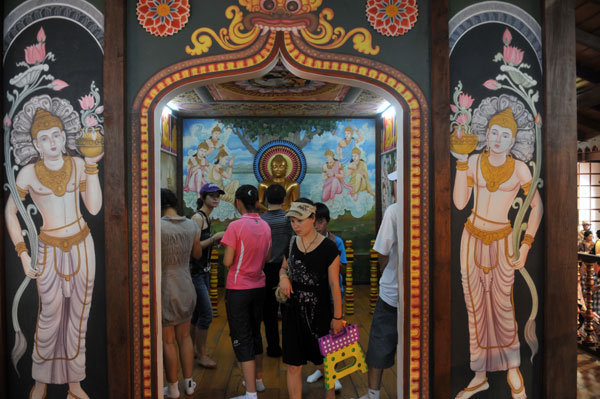 |
|
Chinese visitors view an exhibition on Lankan history, culture and tourism in Shanghai. [Photo by Nie Jianjiang/Xinhua] |
Lush splendor
Tourism is a top contributor to the Lankan economy, generating more than $1 billion in annual revenues. Tea and textiles are the other big foreign-exchange earners. And then there are the gemstones of Ratnapura in southern Sri Lanka, made world famous by celebrities such as the late Princess Diana, whose sapphire ring from the region was given to her daughter-in-law, Kate Middleton, media reported in 2011. "Ratna" is derived from the Sanskrit word for jewel.
Cinnamon is another attraction for foreigners in Sri Lanka. The spice, obtained from the bark of Cinnamomum trees, can magically transform food, thanks to its rich aroma and mild sweet flavor. It is also used in alcoholic beverages, perfumes and essential oil.
The lush city of Colombo, near the Indian Ocean, is always immersed in the sound of waves.
The cutting of kottu (flatbread mixed with fried vegetables or meat) can be heard from restaurants in quieter downtown areas. Creatures considered rare sightings in urban China-iguanas and snakes, for instance-are often found peering from moss-covered sidewalks in Sri Lankan cities.
The central Horton Plains give tourists a glimpse into the country's rich biodiversity. World's End, a sheer cliff, is a thrilling highlight of the national park that is close to the tea estates of Nuwara Eliya. The area's spectacular greenery continues to Kandy city, which is home to the Temple of the Tooth Relic, a revered site in Buddhism.
Indian emperor Ashoka's son Arhath Mahinda introduced the faith in Sri Lanka in the third century, according to historical accounts. The Chinese scholar Faxian, whose fifth-century tours of India in search of Buddhist scriptures were documented, visited the island as well.
For sea-loving tourists, the spectrum is wide: Galle in southern Sri Lanka has a Dutch-era fort in the golden sand; Trincomalee on the country's east coast is a hideaway of white sandy beaches and the deep blue sea; Batticaloa, also in the east, is popular for its shallow lagoons.
Jaffna city in the northernmost tip is of significance to the followers of modern Sri Lankan history, and to that end, a visit to the landmark public library could be useful.
A tsunami killed thousands of Sri Lankans and ruined tourism infrastructure in its wake in 2004. But in the subsequent years, much has been rebuilt.
Beijing has picked Fujian province in eastern China as the starting point of a new maritime Silk Route as it seeks to revive the olden-day Silk Road.
It would look toward Colombo to join the initiative, China's former ambassador to Sri Lanka, Wu Jianghao, told media last year.
Later this week, Sri Lanka's newly elected President Maithripala Sirisena is expected to participate in the annual conference of Boao Forum for Asia, a transnational nonprofit, in South China's Hainan province. He is likely to meet with the Chinese leadership in Beijing thereafter.
- Mummified Buddha shown in Hungarian stolen from China: government
- China's Belt, Road initiatives not geo-strategic tool: official
- Expert says new model needed for China's new growth
- Chinese Korean War soldiers buried
- China invests billions in Silk Road countries
- 'Outsiders' integrate into social fabric as attitudes change
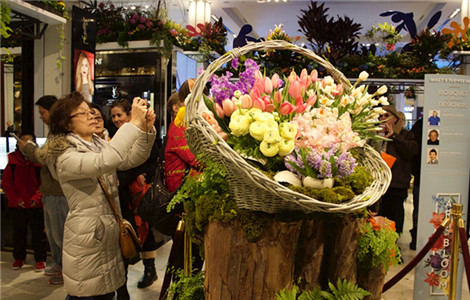
 China joins legendary flower show
China joins legendary flower show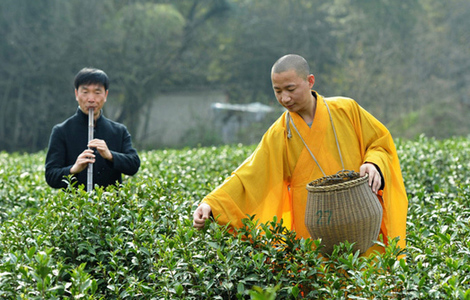
 Monks perform tea-picking ritual in Hangzhou
Monks perform tea-picking ritual in Hangzhou
 Singapore founding father Lee Kuan Yew
Singapore founding father Lee Kuan Yew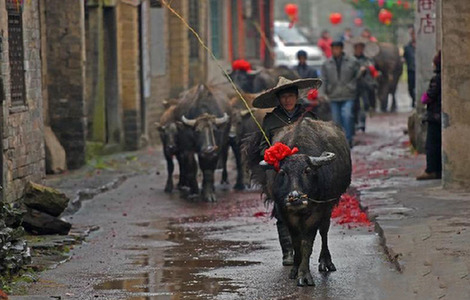
 5 things you may not know about the Spring Equinox
5 things you may not know about the Spring Equinox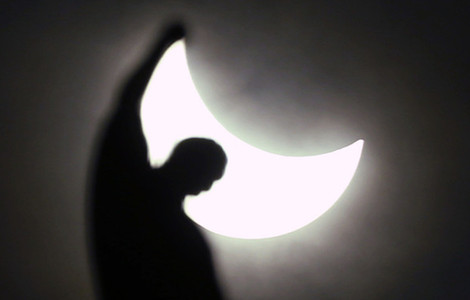
 Solar eclipse wows viewers
Solar eclipse wows viewers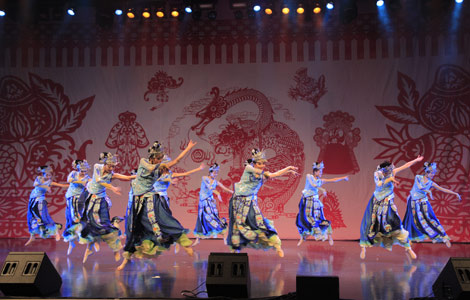
 New Year Carnival thrills Vancouver
New Year Carnival thrills Vancouver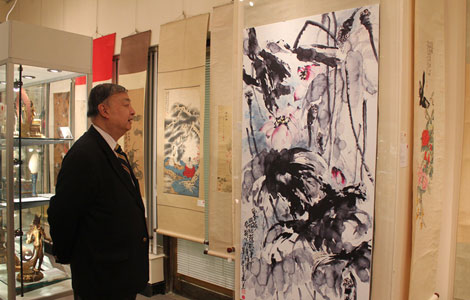
 Across America over the week (from March 13 to 19)
Across America over the week (from March 13 to 19)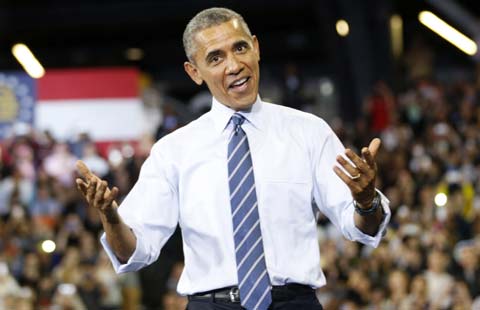
 How much do world leaders earn?
How much do world leaders earn?
Most Viewed
Editor's Picks

|

|

|

|

|

|
Today's Top News
Singapore former PM Lee Kuan Yew passes away
Six Western economies apply to join AIIB
US urged to honor pledge
Ex-wife of Chinese fugitive
to be released
China's plan to move from being 83
Investors tour Bay Area
Ex-Chinese official indicted in
money laundering
Yahoo to exit from Chinese
mainland market
US Weekly

|

|








